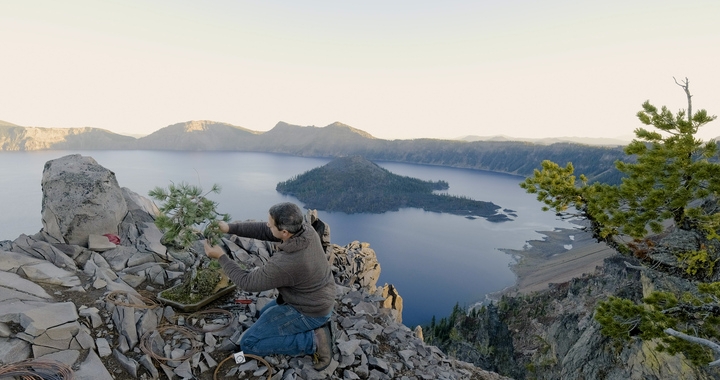An interview with Ryan Neil
IJE: What is the difference between Asian types of topiary (e.g., Karikomi and Hakozukur) and bonsai art and craft? Can this difference be a comparison, also, between idiosyncratic human preferences (arbitrary whimsical) versus exulting the feral and wild qualities/aspects of both the human practitioner and its focal tree?
RN: To clarify, it's important to understand that what we do at Mirai is not Japanese bonsai. Bonsai originally began in China as Penjing, which was an art form dating back to around 700 AD to 1100 AD. It later migrated to Japan between 1100 and 1300 AD, influenced by Confucianism, Taoism, and Buddhism. In its Chinese origins, Penjing aimed to capture profound experiences in the wild environment, essentially the power of nature in its grand, harsh, rugged, and beautiful expressions. The goal was to convey these experiences to human observers, allowing them to appreciate the profundity of nature and bring that essence home.
Read the full interview on The International Journal of Ecopsychology here.
